Cruise only holidays are financially protected by ABTA. Fly cruise holidays are financially protected by Princess Cruises under ATOL number 6294
Please click here to check the essential travel requirements before booking this cruise.
Want to add a hotel stay or change your flights?
Just call our team of cruise specialists to help build your dream cruise holiday today!
Prices based on 2 people sharing. Cruise only price does not include flights. Fly-cruise price may vary by chosen UK airport.
Itinerary

Barcelona
The infinite variety of street life, the nooks and crannies of the medieval Barri Gòtic, the ceramic tile and stained glass of Art Nouveau facades, the art and music, the throb of street life, the food (ah, the food!)—one way or another, Barcelona will find a way to get your full attention... Read More
Barcelona
Marseille
Genoa
Civitavecchia
Naples
At Sea
Bar
Corfu
At Sea
Khania
Mykonos
Athens
What's Included with
Princess Cruises
Delve into cuisines from across the globe with various dining options when you hop on-board a Princess Cruises ship. Enjoy exclusive cocktail receptions, deck parties, themed nights and entertainment throughout the day and into the evening. When you choose Princess Cruises for your next adventure you can enjoy peace of mind that you have everything you need when gliding the waves. Discover everything that a Princess Cruises sailing has to offer when you opt for an all-inclusive cruise holiday.
Accommodation
Entertainment throughout the day and evening
Use of swimming pools, hot tubs, fitness centre and leisure facilities where available
Return flights included from a choice of UK airports (fly cruise bookings only)
Room service from 6am to 11pm
Port taxes
Youth programmes for babies to 17-year-olds
Adult only areas
Exclusive cocktail receptions and deck parties on-board
Sailaway parties, themed nights and deck parties
Lemonade, water and iced tea available in selected venues
Shuttle service to and from ports and airport where available
Explore Sun Princess





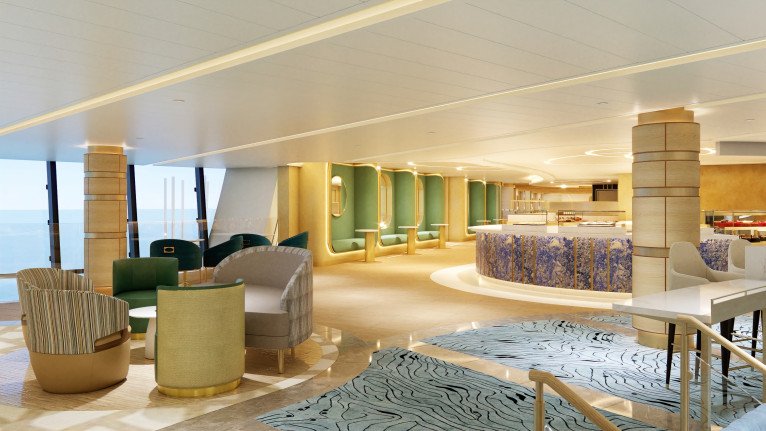




Three-level Dining Room
Three stories, an elegant design, multicourse meals guests rave about and a different experience for each level.


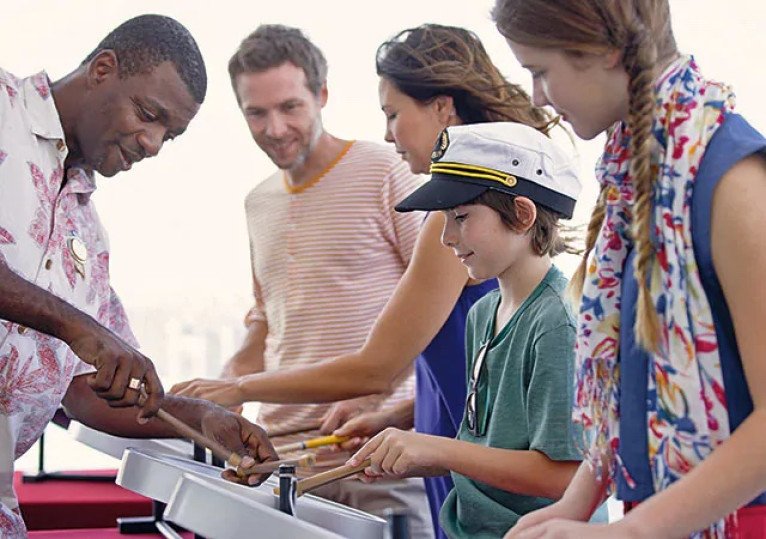





Discovery at SEA Enrichment Programs
Princess has joined forces with DiscoveryTM to bring enriching new experiences on board and ashore with Discovery at SEA.
On Board: There’s Stargazing on the top deck and activities inspired by hit shows, such as Shark Week, Finding Bigfoot, Deadliest Catch and more.
Ashore: Get the most out of your vacation with DiscoveryTM and Animal PlanetTM Recommended Tours- plus Exclusive tours only available from Princess.





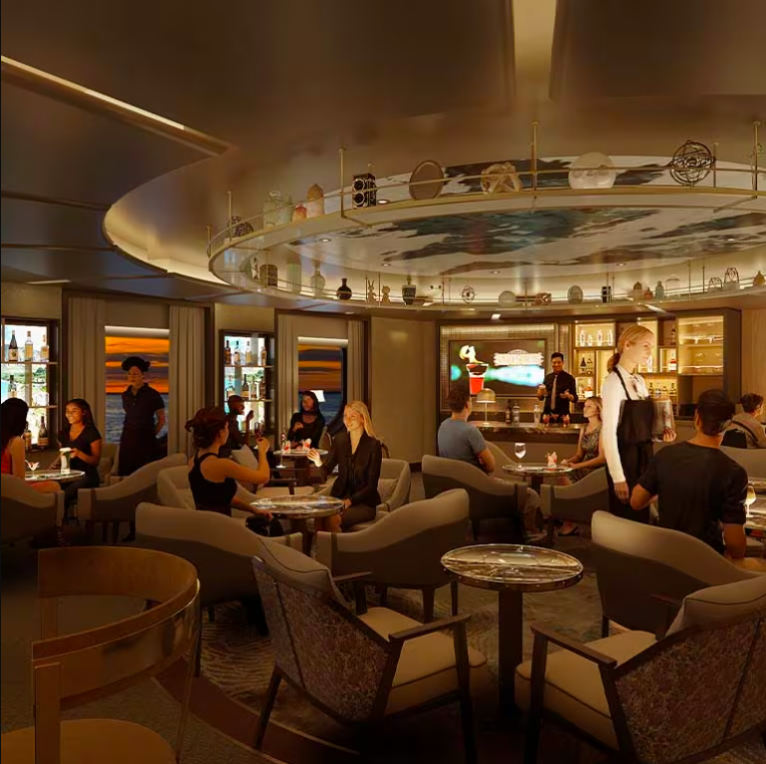

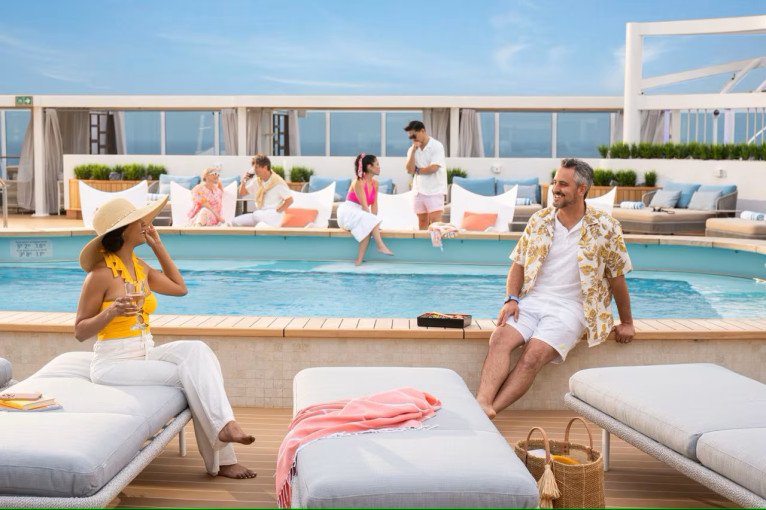


The Piazza
We know you enjoy sweeping views, so we built our Piazza in a sphere of glass.
See the World in a Whole New Light
It’s more than ocean vistas in every direction; it’s being immersed in the world around you like never before. The heartbeat of our ship, our Piazza may have been inspired by the town squares of Europe, but her evolution is out of this world.

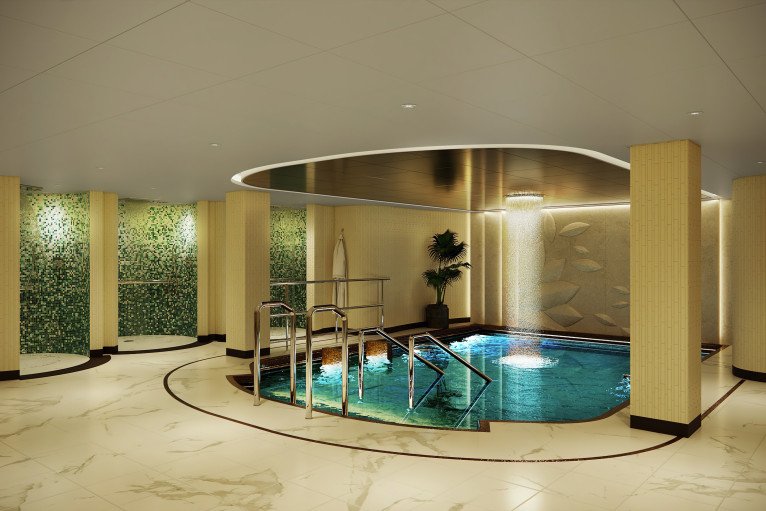
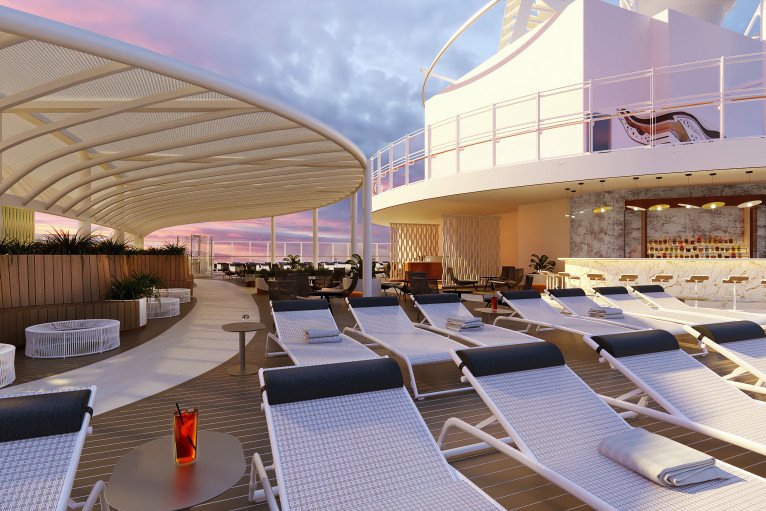
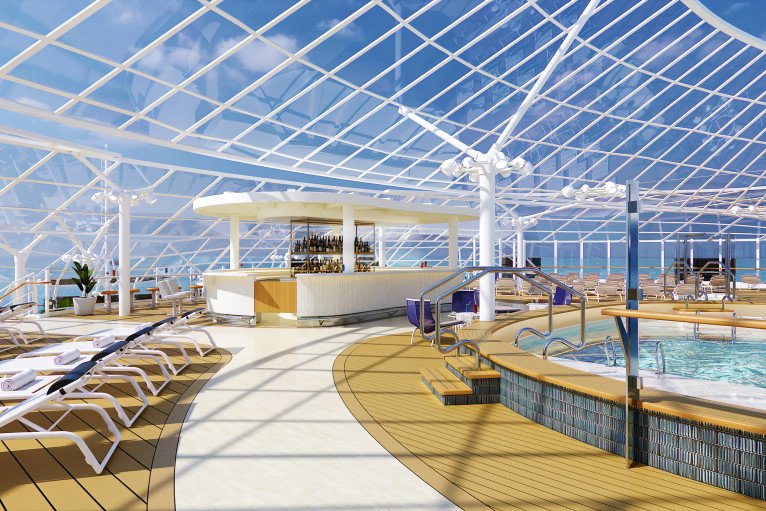
Lido Pools
Soak Up The Fun
We've surrounded this preferred poolside spot with lots of options for food and drinks: Lido Grill, Lido Slice by Alfredo’s, Lido Tacos, Lido Greens, Coffee & Cones and THREE bars.
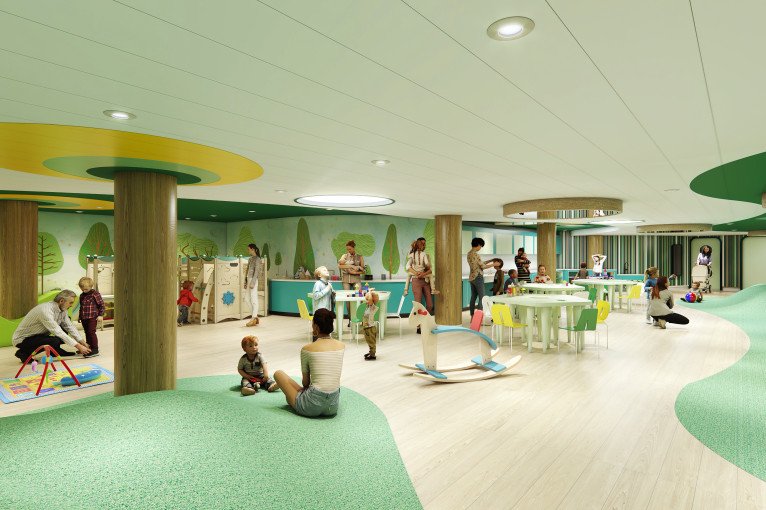

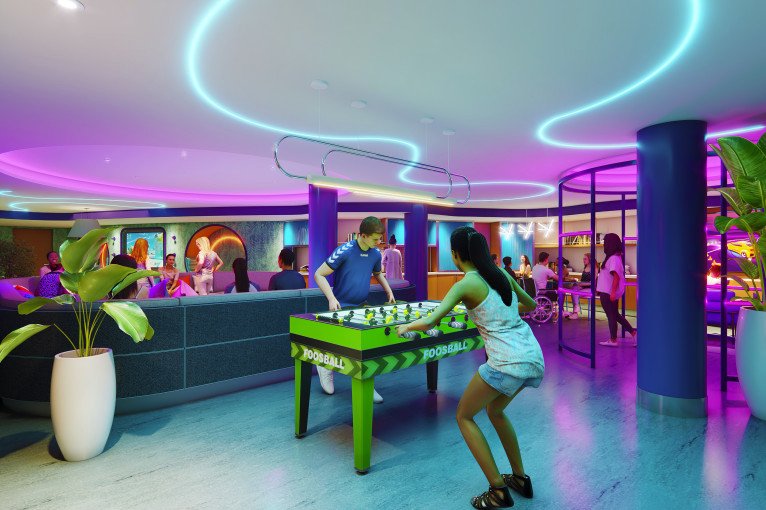
Firefly Park Kids Club
With games, themed events and activities all reserved for you. So let the adults have their fun; you’ll have yours too.
Deck 21

- Park 19
Deck 20

- Park 19
Deck 19

- Park 19
- The Dome
Deck 18

- Fitness Centre
- Fitness Studio
- Lotus Salon
- Signature Sun Deck
- Sun Bar
- The Dome
- The Sanctuary
- Wellness Studio
Deck 17

- Coffee & Cones
- Lido Bar
- Lido Greens
- Lido Grill
- Lido Pool
- Lido Slice
- Lido Tacos
- Sea View Bar
- The Dome
- THE MIX
- Interior Staterooms
- Balcony Staterooms
- Mini-Suite Staterooms
- Suite Staterooms
Deck 16

- Sea View Terrace
- Signature Lounge
- Interior Staterooms
- Balcony Staterooms
- Mini-Suite Staterooms
- Suite Staterooms
Deck 15

- Signature Lounge
- Interior Staterooms
- Balcony Staterooms
- Mini-Suite Staterooms
- Suite Staterooms
Deck 14

- Interior Staterooms
- Balcony Staterooms
- Mini-Suite Staterooms
- Suite Staterooms
Deck 12

- Interior Staterooms
- Balcony Staterooms
- Mini-Suite Staterooms
Deck 11

- Interior Staterooms
- Oceanview Staterooms
- Balcony Staterooms
- Mini-Suite Staterooms
- Suite Staterooms
Deck 10

- Interior Staterooms
- Oceanview Staterooms
- Balcony Staterooms
- Mini-Suite Staterooms
- Suite Staterooms
Deck 9

- Alfredo's Pizzeria
- Cabana Deck
- International Café
- The Piazza
- The Promenade
- World Fresh Marketplace
- Interior Staterooms
- Balcony Staterooms
- Mini-Suite Staterooms
Deck 8

- Crooners
- Horizons Dining Room
- Kai Sushi
- OceanFront
- Princess Arena
- Princess Casino
- Princess Fine Arts
- Sabatini's Italian Trattoria
- Sushi Bar
- The Piazza
- The Shops of Princess
- Umai Teppanyaki
- Wake View Terrace
Deck 7

- Bellini’s Cocktail Bar
- Coffee Currents
- Crown Grill
- Gelateria
- Good Spirits at Sea
- Horizons Dining Room
- Kai Sushi
- Neon Grove
- O’Malley’s Irish Pub
- Princess Arena
- Princess Live!
- Reserve Collection Restaurant
- Signature Restaurant
- The Piazza
- The Shops of Princess
- The Underground
- Wheelhouse Bar
Deck 6

- Firefly Park
- Guest Services
- Horizons Dining Room
- Lotus Spa
- Interior Staterooms
- Oceanview Staterooms
- Balcony Staterooms
Deck 5

- Lotus Spa
- Interior Staterooms
- Oceanview Staterooms
Deck 4

- Medical Centre
- The Landing
Sun Princess Cabins & Suites

Interior

Premium Oceanview

Deluxe Balcony

















-large_thumb.jpg)









